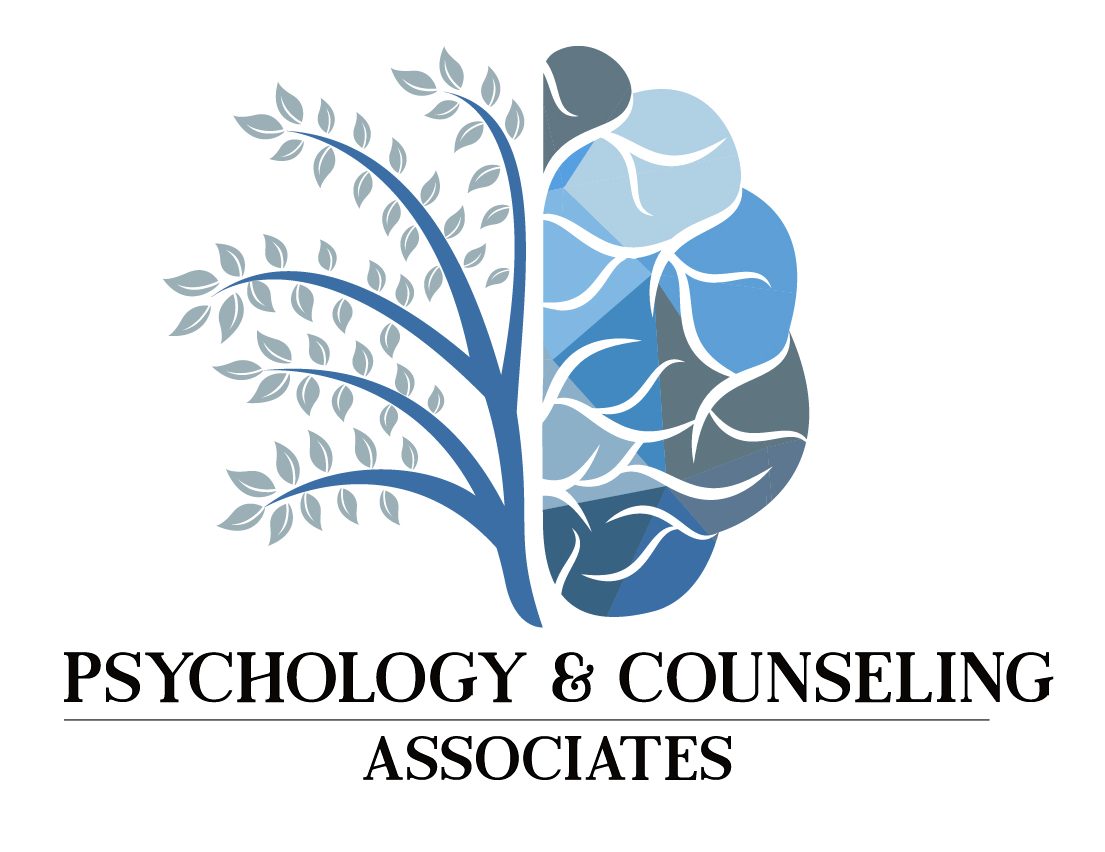An athlete may wake up with sore muscles and tightness after a tough workout, but that athlete will tell you that sore muscles are good pain. Along with those aching arms or legs comes the satisfaction of a good workout. The small, controlled damage in a muscle that has been pushed to its limits means that the muscle is healing, and that’s how muscles get stronger.
Bad pain is the sharp pain of a torn tendon — a completely different feeling from the good pain of a mending muscle.
It’s easy to think of pain as something bad. We want to avoid it, and many of us will do whatever it takes to get rid of pain: pills, alcohol, self-medicating with food or drink, distracting ourselves with amusements or activity, trying to sleep through it…
The ways we try to avoid pain are too many to list.
And there is bad pain. Bad pain includes obsessing over the problems in our marriage, reliving a hurtful conversation, running through all the “what if”s of possible consequences of a choice we’ve made. These things hurt us, but they also distract us.
They distract us from the good pain, the pain that comes with working through the tough issues we have to work through in order to move on from the bad pain we sometimes hold to so tightly.
The pain of grief can be good pain, pain that allows us to experience and understand the issues underlying our bad pain. Sometimes we have to grieve over the childhood we didn’t have, the struggle biology has given us, or the decisions we made in the past.
Once we’ve experienced that grief, we can move on. We can move past the pain, and begin the next part of our lives. But we can’t get there by resisting the good pain, nor by holding onto the bad pain.
